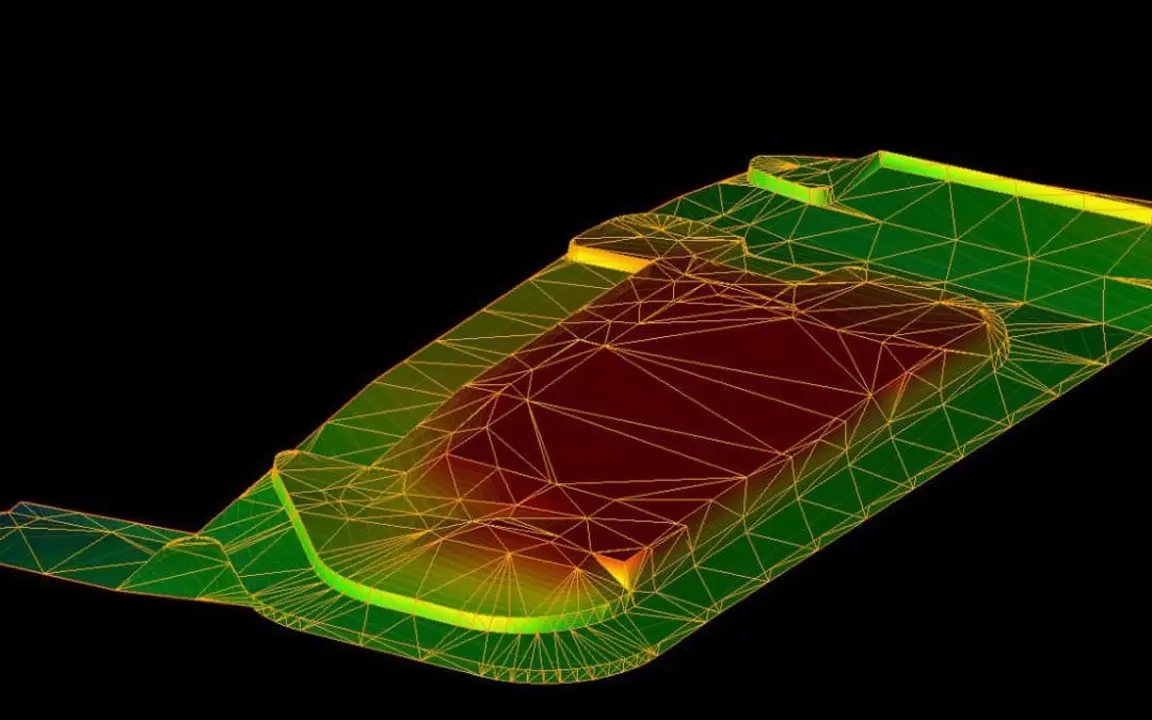Understanding the Basics of 3D Design
Before diving into the world of 3D design, it's important to understand the basics. 3D design is the process of creating a three-dimensional object or scene using specialized software. This can be anything from a simple geometric shape to a complex character or environment. In this section, we'll discuss the essential concepts and terminology you'll need to know to get started with 3D design.
Choosing the Right 3D Design Software
There are countless 3D design software options available, each with its own unique features and capabilities. To choose the right one for your needs, you'll need to consider factors such as your budget, skill level, and the specific type of 3D design work you want to do. In this section, we'll compare some popular software choices and help you decide which one is the best fit for you.
Working with 3D Modeling
3D modeling is the foundation of 3D design. It involves using software tools to create a virtual representation of an object or scene. This can be done by manipulating vertices, edges, and faces to form a 3D mesh. In this section, we'll explore the different modeling techniques, such as polygonal modeling, sculpting, and parametric modeling. We'll also discuss how to choose the right modeling method for your project.
Creating Realistic Textures and Materials
Textures and materials are crucial elements that bring your 3D models to life. They define the surface properties of your objects, such as color, shininess, and bumpiness. In this section, we'll discuss the different types of textures and materials, including procedural and image-based options. We'll also cover the process of UV mapping, which allows you to apply textures to your 3D models accurately and seamlessly.
Mastering 3D Lighting Techniques
Lighting plays a significant role in the final appearance of your 3D scene. It can help create depth, set the mood, and draw attention to specific elements. In this section, we'll explore various lighting techniques, such as global illumination, ambient occlusion, and image-based lighting. We'll also discuss the different types of light sources and how to use them effectively in your 3D designs.
Understanding 3D Animation Basics
3D animation is the process of bringing your 3D models to life by creating a sequence of movements and transformations. This can be done through keyframing, rigging, and motion capture techniques. In this section, we'll cover the fundamental principles of 3D animation, such as the 12 principles of animation and the importance of timing and spacing. We'll also discuss the different types of animation, including character animation, mechanical animation, and simulations.
Rendering Your 3D Designs
Rendering is the process of converting your 3D scene into a 2D image or animation. This involves calculating the interaction between lights, materials, and objects in your scene to produce a realistic and visually appealing result. In this section, we'll discuss the different rendering methods, such as ray tracing and rasterization, as well as the various render engines available. We'll also provide tips on optimizing your render settings for the best balance between quality and speed.
Improving Your Designs with Post-Production
Post-production is the final stage in the 3D design process, where you enhance your rendered images or animations using 2D editing software. This can involve adding effects, adjusting colors, and compositing multiple elements together. In this section, we'll explore some common post-production techniques, such as color grading, depth of field, and motion blur. We'll also discuss how to use software like Adobe Photoshop and After Effects to polish your 3D designs.
Building a 3D Design Portfolio
A strong portfolio is essential for showcasing your 3D design skills and attracting clients or employers. In this section, we'll discuss how to create an effective 3D design portfolio that highlights your best work and demonstrates your range of abilities. We'll cover aspects such as choosing the right projects to include, presenting your work in an engaging way, and promoting your portfolio online.
Continuing Your 3D Design Education
3D design is a constantly evolving field, with new techniques and technologies emerging regularly. To stay ahead of the curve and continue improving your skills, it's essential to engage in ongoing education. In this section, we'll provide resources and tips for furthering your 3D design knowledge, such as online courses, tutorials, and industry events. We'll also discuss the importance of networking and joining 3D design communities to stay inspired and motivated.
